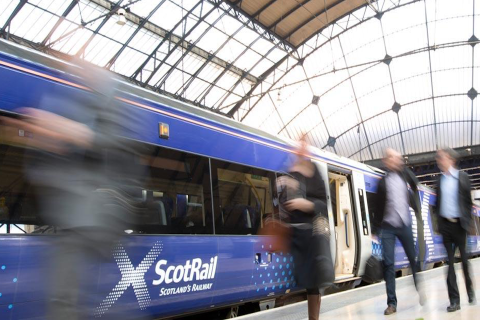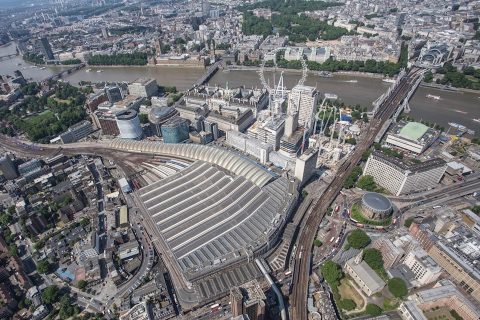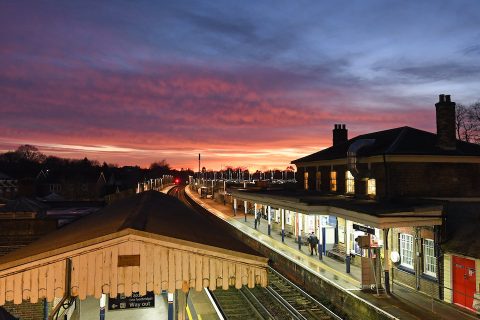RailTech Europe live blog day 2: ERTMS, ATO and sustainability

From the three stages of RailTech Europe Live, many topics relating to digitalisation such as ERTMS, Automatic Train Operation, and communication systems were discussed on day two. As icing on the cake, the winners of the Innovation Awards 2021 were announced.
Want to read more?
You have read all of your free premium articles for this month. Please become a subscriber to keep reading.
Subscribe now!
Take advantage of our exclusive offer to get full access to all premium content.




